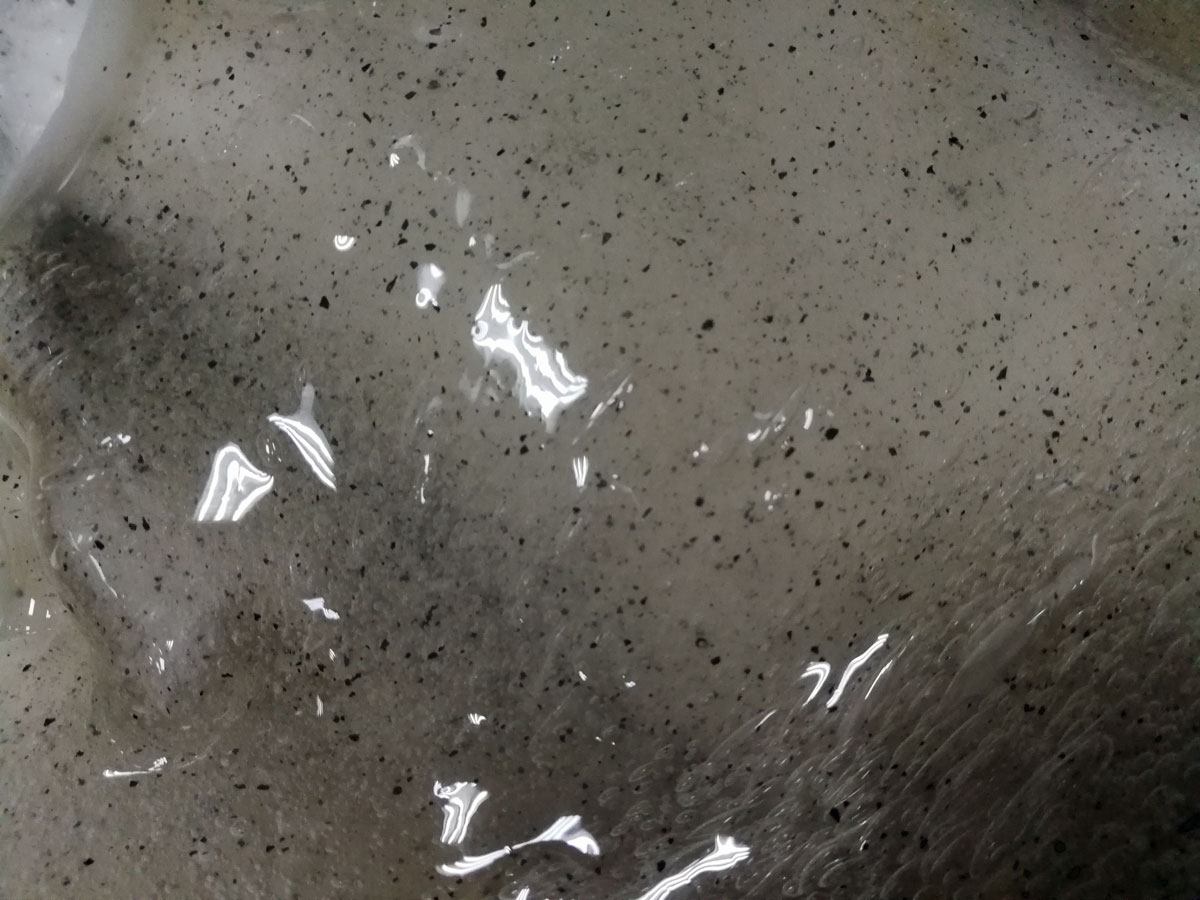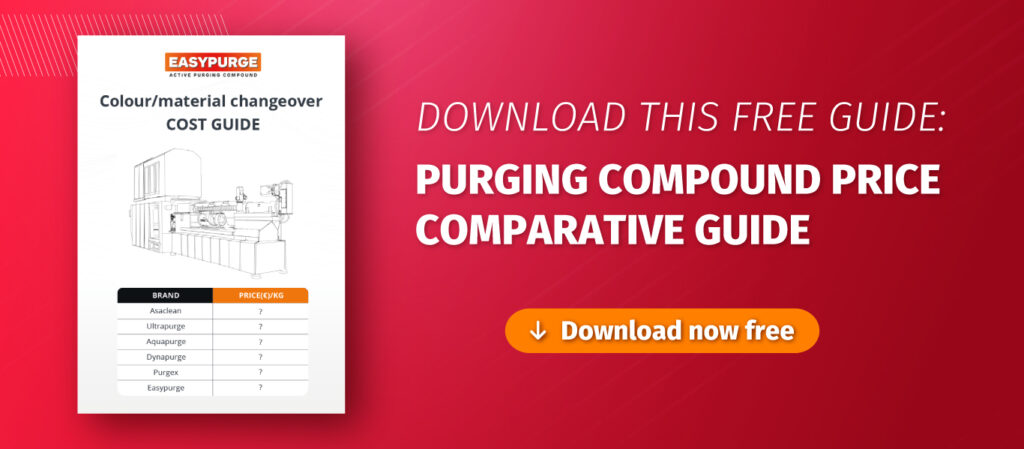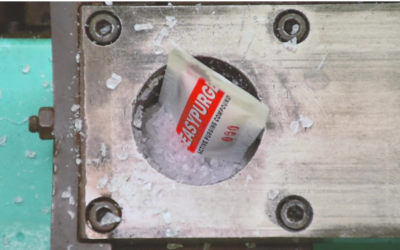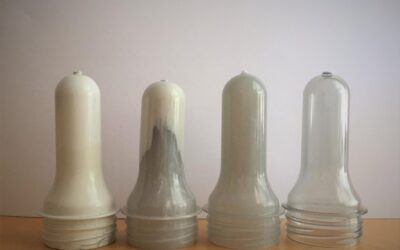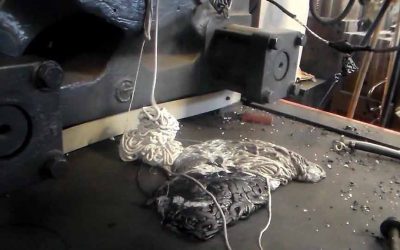Most of my customers working in production teams seem to understand the main reason for blacks specks appearing in production; however, carbon contamination continues to be a common headache during manufacturing. Why would this be?
Since we started focusing on only one cause of blacks specks, we have seen massive improvements. If we could name the main villain in this story, this would be THE HEAT!

I promise you can tackle most blacks speck issues in production by looking very carefully at two scenarios where heat is playing against a smooth output.
1. Long Residence time during machine shutdowns/restarts
Black specks occur when heat gradually degrades thermoplastic molecules, breaking them down into carbon residues. This commonly happens during machine shutdowns/startups. This is why most of our customers would call us with blacks dots issues on Mondays!
If you think about this, you would agree that black specks are a consequence of exposing resins to high temperature for too long. It’s a result.
For the first time, let’s focus on the cause and avoid unnecessary screw pulls or using desperate solutions for removing black specks. Some customers would even use popcorns! I promise! I have seen it!.
The solution: Clean before you leave.
Clean the barrel properly to remove any resins or additives sensitive to high temperatures. No secrets here, you must use a purging compound to get the job done. Which one? It’s your choice.
If you are looking for the most cost effective one, you can check the updated price list of purging compounds best sellers.
But again, regardless of the purging compound you choose, you have to make sure to remove all resin contamination.
Any remaining particle of resin is a potential black speck.
So, should I leave the barrel empty after the preventive cleaning?
Never, as you already know, oxidation can be another reason for resin degradation.
The most simple solution we are seeing working every time, it is cleaning and replacing the production resin before the machine shutdown.
Which resins are being used instead?
The answer is in probably the mostly used commodities out there.
They are the heroes of this story; Polypropylene and polyethylene.
PP and PE have proven themselves in the industry when handling long residence time.
Also, they are well known for being cheap and easy to clean.
By filling up the barrel with any of these two materials before any shutdown, you will prevent carbonization from happening during the startup.
2. Material changes that work at different working temperatures
The problem starts when you have to change resins that work at different temperature ranges since you will expose at least one of them to the incorrect working temperature at some point.
Let’s analyze the two possible alternatives:
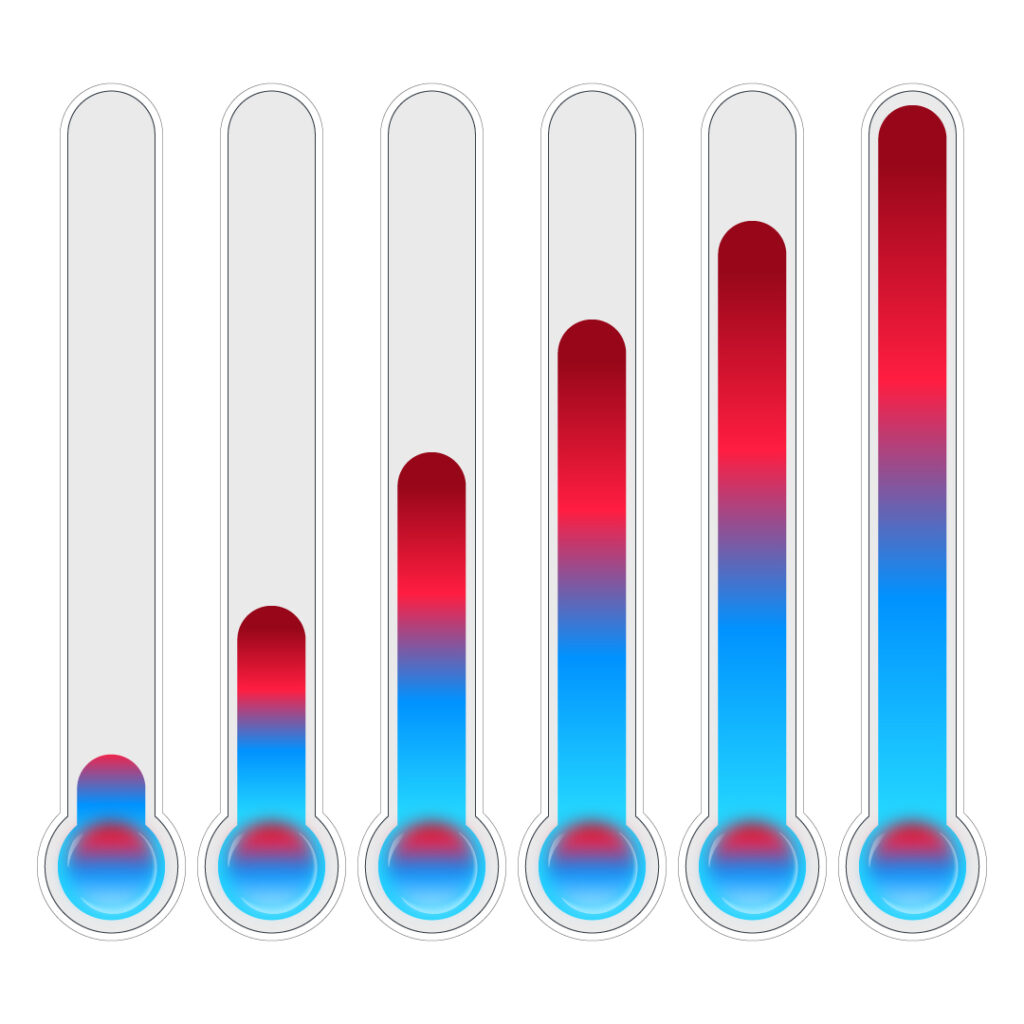
- From a low to a high-temperature range:
When production requires you to move to a material that operates at least 30C°- 40C° higher than the current one, it is not as simple as increasing barrels temperature to the next resin levels.
Resins as PVC, POM or SAN are sensitive to these changes, simply because they were not designed for such working conditions.
The mission is going from temperature range A to temperature range B as smoothly as possible.
The solution, again: using PP or PE. . At least for materials that operate below 300C°.
PP and PE can handle high temperature ranges.
By using any of these commodities you can increase the heat gradually to the new material working temperature.
Bear in mind that you should remove any remains of the previous resin.
I would recommend using liquid purging compounds since they can be mixed with any resin used for cleaning.
- From a high to a low-temperature range material:
When decreasing the extruder temperature you should also think ahead.
You might have seen contamination in the form of “gels”. This happens when the last production material stays in the barrel in a solid state.
Imagine for a second the remains of Polycarbonate (290C°) inside a barrel at 190C°. Yes, you are right to think that it will go back to their solid state that might cause issues along the material change.
The solution? Clean up!
First , make sure to remove -properly- all the remains of the last production material.
As soon as the last production resin disappears, you can start decreasing the temperature to the new range, then you can feed the machine with the new material to start production.
The whole reading takeaway in one sentence:
You can prevent black specks from happening by avoiding that your production resins are exposed to the wrong temperatures.

